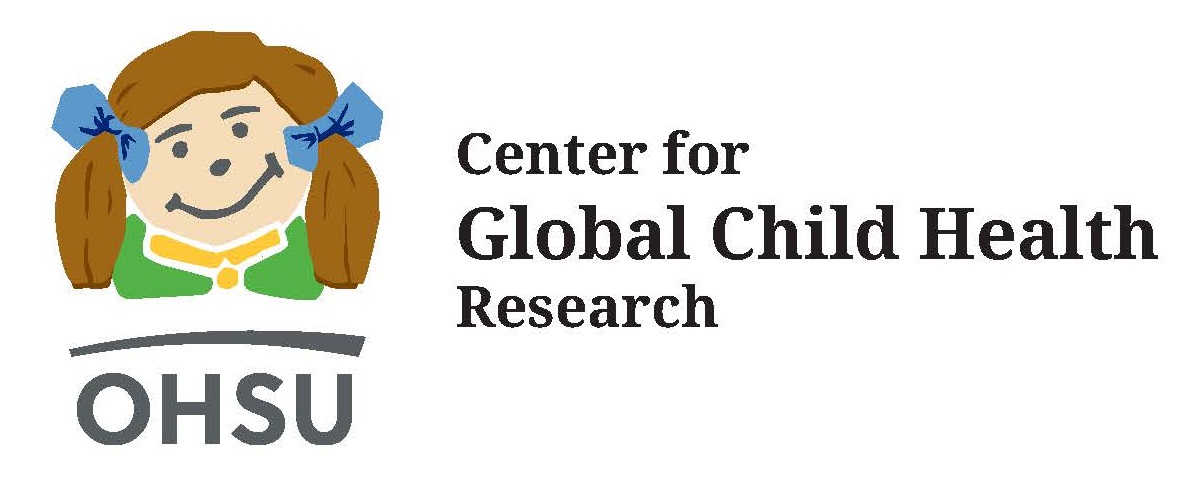
Housed within the Papé Family Pediatric Research Institute, the Center for Global Child Health Research is committed to improving the outcomes of child health worldwide, with a special focus on resource-poor settings and populations. Our means for engaging this goal is collaborative research in the prevention, diagnosis, and treatment of childhood infection. Our community begins with the excellence of our team at OHSU and extends to the network of child health researchers we are establishing throughout the world.
Community begins with connection — the share, the point of engagement that fosters discovery. At the Center for Global Child Health Research, we are forging a space for such connections in the worldwide fight against childhood infectious diseases. Through our five primary members and 14 affiliates, we seek to:
- Help in the development of international health proposals
- Host annual meetings (such as the PacTB meeting for 2019)
- Present quarterly Conversations in Global Health between OHSU researchers
- Foster the exchange of research concepts and sample sharing
- House a collection of OHSU global research portfolios suitable for collaboration or sponsorship
- Grow opportunities for the exchange of researchers between OHSU and our international partners
To connect with us, please email us and we will respond as soon as we're able.
Stay informed
Subscribe to our newsletter for updates on events and resources.